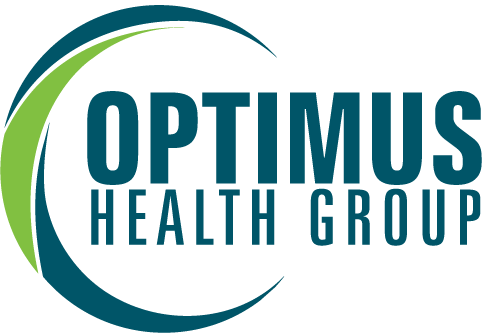PILATES IS FOR EVERYONE!
Pilates is a type of exercise that uses controlled exercises to improve "core stability", body awareness and the way your muscles control your joints. By improving your 'core stability' you can improve your sporting performance, prepare your body for pregnancy (and recovery) and decrease current pain i.e back pain.
Did you know that pilates can help achieve various different fitness goals. Here are 5 reasons you should do Pilates:
1. Improve strength
2. Improve posture
3. Enhance mind-muscle connection
4. Encourage mobility
5. Can help manage pain
What is clinical pilates?
Clinical pilates is run by a qualified physiotherapist who is also trained in pilates. Why is this important? Physiotherapists have an in-depth knowledge of injury, pathology, bodily functions and healing. This knowledge allows a physio to assess each patient and determine which exercise are right for you based off your specific needs. Clinical pilates is often used as part of a treatment program for lower back pain and many other conditions. Clinical pilates is either run 1-1 with a physiotherapist or in a small group class (max of 4) to ensure you get very specific hands on instructions.
If you want to read more about our pre and post natal pilates check out our pages specifically for mums to be and mums by clicking here
PILATES IS PLAYING A BIGGER ROLE IN SPORTS
It doesn't matter if you play a team sport like footy or rugby, or individual sports like tennis, athletics or endurance events. Pilates is playing a bigger and bigger role in injury prevention and rehabilitation in sports.
There are 3 key advantages to incorporating pilates into your training and exercise program.
Reducing the frequency & severity of injuries
Control
Increased power
Reducing the frequency & severity of injuries
Pilates addresses postural issues and by doing so, athletes can avoid many common injuries. For example, we often get asked...
How can pilates help in reducing a hamstring injury?
Anterior pelvic tilt (in layman's terms, a tendency to stick your bum out) is often caused by tight hip flexors. This shortens the lower back muscles and brings the hamstrings into a stretched position, leaving both vulnerable to injuries. Pilates is excellent for releasing hip flexors, which helps bring the hips into a more natural position reducing strain through the back and hamstrings.
Control
Reformer pilates challenges the body in many ways but the most effective is control. Reformer pilates gives more feedback to the athlete than traditional weights, machine-based or mat workouts. This feedback builds awareness of where the limbs are in relation to the rest of the body, and how to correct their position while moving. Pilates can help build awareness of which muscles are working and how to activate the ‘correct’ muscles to provide movement and stability.
These skills are directly transferable to the gym, pitch, court or track.
Increased Power
Increased core stability is one of the many benefits of doing Pilates. You will be taught how to channel and maximise your power more effectively. Exercises through pilates are often unilateral, generating strength and control in unstable positions even through an athlete's ‘weak’ side.
We lead increasingly sedentary work lives. Training and playing for a couple of hours each day teamed with 12 hours sitting on the phone, at a computer or on a train is the perfect recipe for tight muscles, poor posture and muscular imbalances.
This is why its even more important for recreational sports players to include Pilates based training into their regime to avoid injury and to aid optimal performance.




